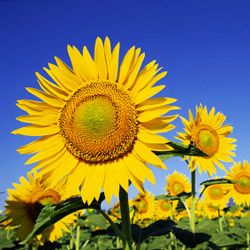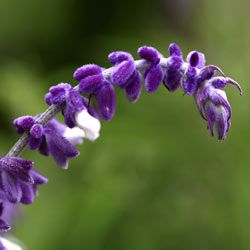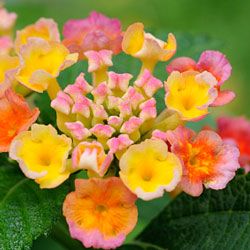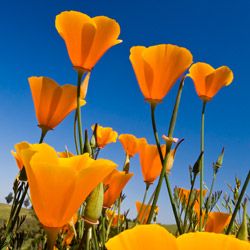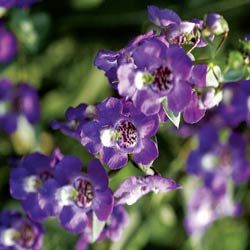So you've got full sunlight, lots of butterflies … and limited precipitation. What's a gardener in an arid climate to do? The sun-scorched earth of the West might make gardening difficult in this area, but it can be done. For gardeners with more than maintenance on their minds, and an interest in water conservation and bright blossoms, annuals (which go into the ground each year) offer the perfect solution.
One thing to keep in mind when adding colors and plants to your yard is that planting in the dead of summer isn't going to give your plants the best shot at establishing roots that will last for the entire season. For these hot areas, you want plants that can maintain their color and durability, so their roots need a chance to find the water that's down deep. Planting in the spring will allow these hardy annuals to do just that. And because water becomes more important as the days grow longer, giving your plants additional nutrients can make all the difference in the world. Adding mulch, or using your veggie scraps or lawn clippings as compost can help parched land retain some of its moisture and ease the stress of hot days [source: Fosdick].
Advertisement
Taking these precautions and planting annuals will give you a garden that grows bright and bountiful all season with the most basic amount of work and effort. In this article we'll cover the basics of some strong annuals: Salvia, the California Poppy, Lantana, Sunflowers and Angelonia. From shrubs that welcome deer to the fun of snapdragons and colossal colors of sunflowers (who said they had to be yellow?) these annuals are beautiful and hardy enough to color any canyon out west.
Let's start by taking an in-depth look at Salvia.
